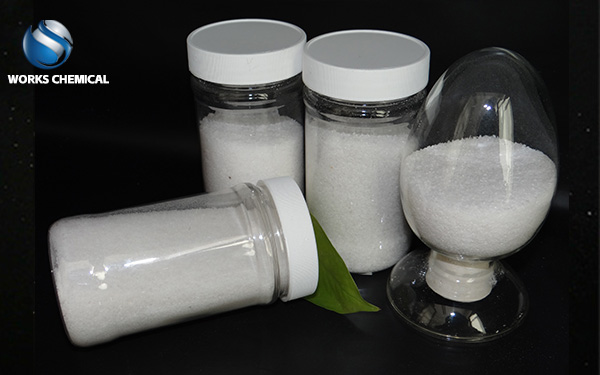
The selection of suitable treatment agents for domestic sludge requires comprehensive consideration of sludge properties, treatment objectives, drug effects and cost environment. The following provides systematic guidance from five dimensions:

A, drug types and core functions
Inorganic coagulant
Polyaluminum chloride (PAC) : strong electric neutralization of colloidal substances, wide pH range, suitable for removing suspended matter and some organic matter.
Polyferric sulfate: low temperature and low turbidity water effect is good, with both phosphorus removal function, but the amount is larger (sludge absolute dry weight 5%-20%).
Organic flocculant
Cationic polyacrylamide (CPAM) : neutralizes sludge charge, enhances cohesion, and is suitable for sludge with high organic content (such as residual activated sludge).
Anionic polyacrylamide (APAM) : need to be combined with inorganic coagulants, suitable for inorganic substances or mixed sludge.
Special conditioner
Sludge conditioner: Designed for the plate and frame filter press, it can break the wall and release the bound water, reduce the moisture content of the mud cake, without corrosion and secondary pollution.
Two. Matching strategy of sludge properties
Organic content
High organic sludge: select high polymerization degree cationic conditioner, the higher the organic matter, the greater the degree of polymerization.
Inorganic sludge: with anionic organic flocculant or iron salt coagulant.
Sludge type and dewatering difficulty
Initial sedimentation tank sludge: easy to dehydrate, a small amount of coagulant can be.
Scum/residual activated sludge: difficult to dehydrate, need to increase the amount of CPAM or conditioner.
Solid content and particle size
Solid content > 5% or fine granular sludge, need to increase the dosage of 10%-15%.
Three. Treatment of goal-oriented drug selection
Dehydration efficiency priority
Plate and frame filter press: sludge enhancer, mud cake moisture content can be reduced to less than 60%.
Belt filter press: APAM based, dosage of 1-3kg/t dry sludge.
Stabilization and deodorization
Add hydrogen peroxide or sodium hypochlorite to oxidize organic matter and reduce odor gas.
Resource recovery compatible
Avoid calcium and chloride ion agents (such as ferric chloride) to prevent soil compaction during subsequent land use.
Four. Balance between cost and environment
Pharmaceutical cost comparison
Inorganic chemicals: Ferric chloride unit price is low (750 yuan/ton), but it needs to be added in large quantities (the cost is about 0.075 yuan /m³ sewage).
Organic pharmaceutical: CPAM unit price is high (30,000 yuan/ton), but the dosage is small (6kg/t dry sludge), and the comprehensive cost is lower.
Environmental impact
Corrosiveness: Ferric chloride is easy to corrode equipment, requiring regular maintenance.
Secondary pollution: the conditioner does not contain heavy metals, and the mud cake can be safely used for greening or landfill.
Five, Operation suggestions and verification
Dosage optimization
Determine the best dosage through small sample test to avoid excessive filter cloth clogging or cost waste.
Device adaptation
Plate and frame filter press: preferred sludge synergist, non-stick filter cloth, high dehydration efficiency.
Centrifugal dewatering machine: need to add a small amount of PAM to prevent the centrifugal fluid turbidity.
Dynamic adjustment
Test sludge properties (organic matter, pH value) every quarter, adjust the combination of chemicals.
By accurately matching sludge characteristics and pharmaceutical functions, treatment efficiency and economy can be taken into account to achieve the goal of sludge reduction and resource utilization.